Collection on display at Venice Biennale inspired by project to compile and catalog cultural treasures
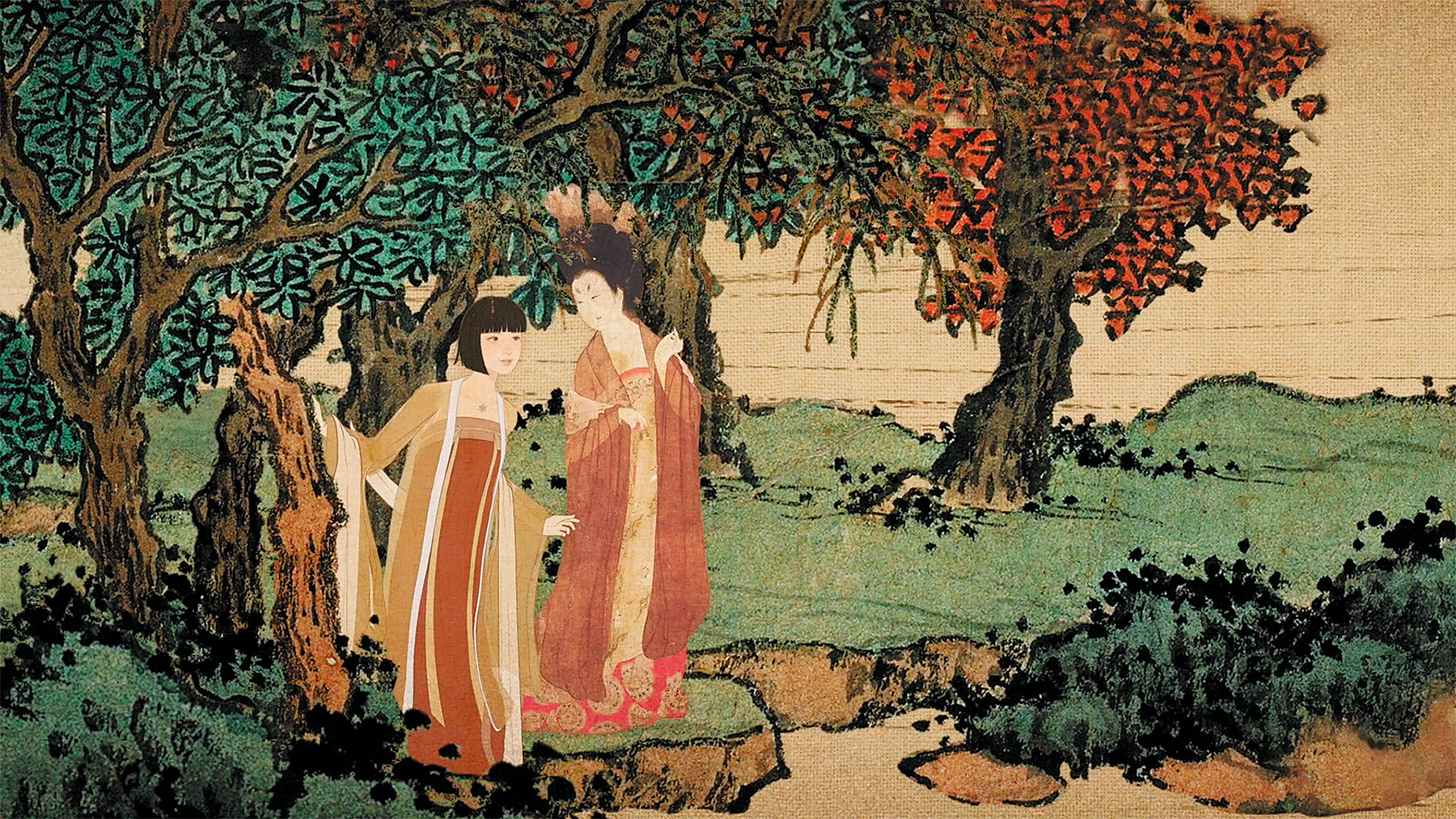
Editor's note: China, a country with a long and splendid cultural history, demonstrates its exceptional achievements via numerous heritage sites, intangible cultural heritage items, tourism attractions and old neighborhoods. Follow China Daily's reporters as they travel across the nation to explore these inspiring legacies.
Hundreds of ancient paintings and large contemporary artworks have undertaken a special train journey across two continents, leaving Zhengzhou in Henan province in March and arriving in Italy in April for their debut at the Venice Art Biennale.
Atlas: Harmony in Diversity, the exhibition at China's National Pavilion, which opened on Thursday, features prints, videos, sculptures, installations and performances.
All the works are from or are inspired by A Comprehensive Collection of Ancient Chinese Paintings, a large book project that has systematically compiled images of paintings, some of which date back 2,000 years.
READ MORE: Exhibition celebrates heritage skills
The exhibition is divided into two sections. One is an archive displaying 100 high-fidelity prints of treasured Chinese paintings in the collections of museums outside China, as well as documents recording how these ancient treasures were created, left China, and eventually entered the collections of museums around the world.
The other section comprises seven contemporary works by established artists. They focus on subjects frequently depicted in ancient Chinese paintings, such as architecture, landscapes, figures, birds and gardens.
Wang Xiaosong, curator of the exhibition, said that the aim is to show the beauty and cultural essence of Chinese ink paintings through archives and contemporary art.
"Because of cultural differences, Western audiences have difficulty in understanding some ancient Chinese paintings. We try to use an art language that is easier for them to understand, to help them appreciate Chinese art," Wang said.
Zhu Jinshi's installation Rice Paper Pagoda uses more than 3,000 pieces of rice paper, as well as steel pipes and cotton threads to create a tall paper pagoda, a symbol of Buddhism depicted in many Chinese paintings, and which are regarded as a symbol of the spiritual world. Next to the rice paper model is a board displaying pictures of pagodas around the world.
"Our show is one big archive. Viewers see clearly how the image of the same object varies in different cultures and situations,"Wang added.
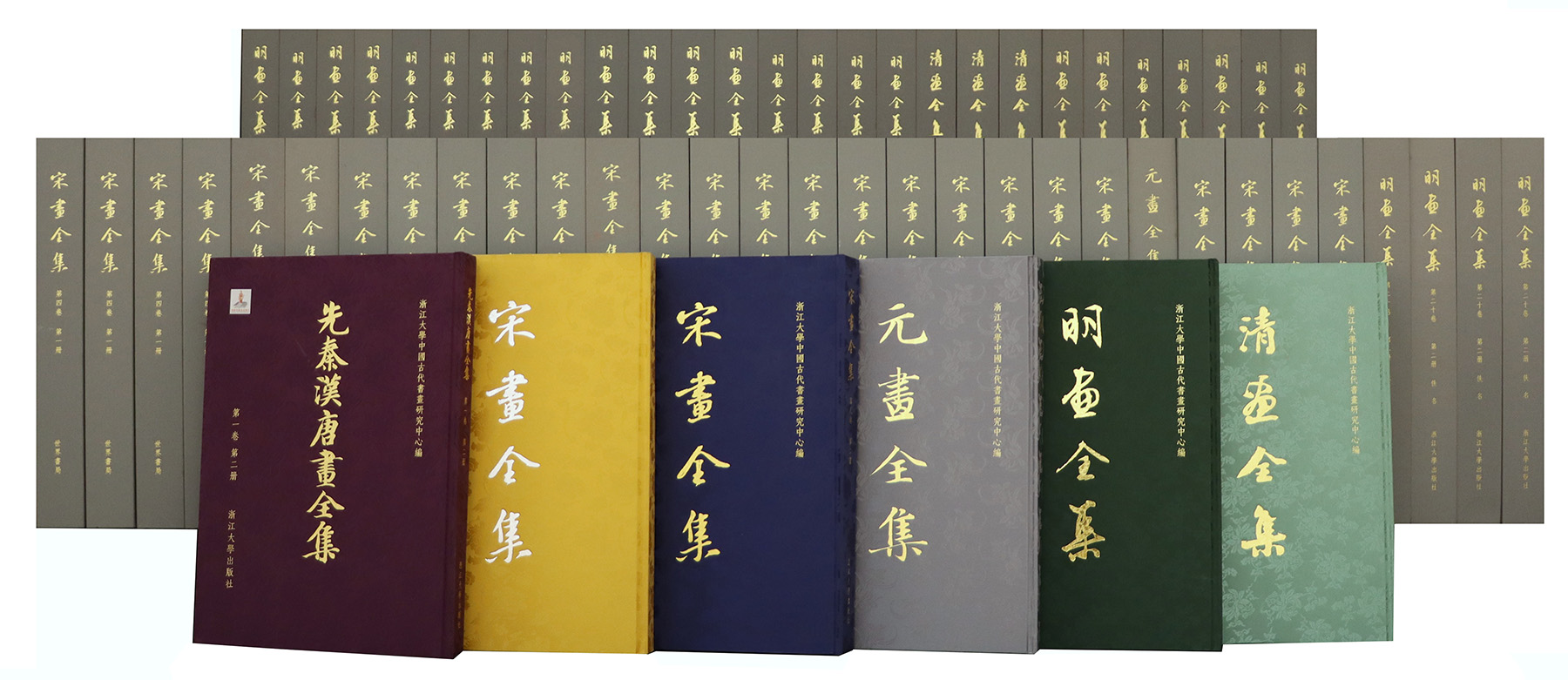
In the video installation Pavilion by Che Jianquan, 10 sets of televisions display a pavilion on Lushan mountain, Jiangxi province, filmed for over two decades by the artist. Hundreds of images of pavilions across the world are also shown together.
Qiu Zhenzhong's Status Series sculptures are placed in the national pavilion's garden and reproduce the brush strokes of calligraphy in the concrete lines of the sculptures. In the curator's words, calligraphy is the origin of Chinese ink paintings.
There's also performance art by Wang Zhenghong, who has made 10,000 bird-shaped accessories and plans to wear them as she walks around the exhibition, interacting with visitors. She also attended the celebration dinner after the opening ceremony on Thursday, where singers performed songs inspired by Chinese poems.
Poems, birds, pavilions and pagodas are common elements in ancient Chinese paintings that can all be easily seen in the images of well-known ancient paintings displayed either in print or video in the archive section.
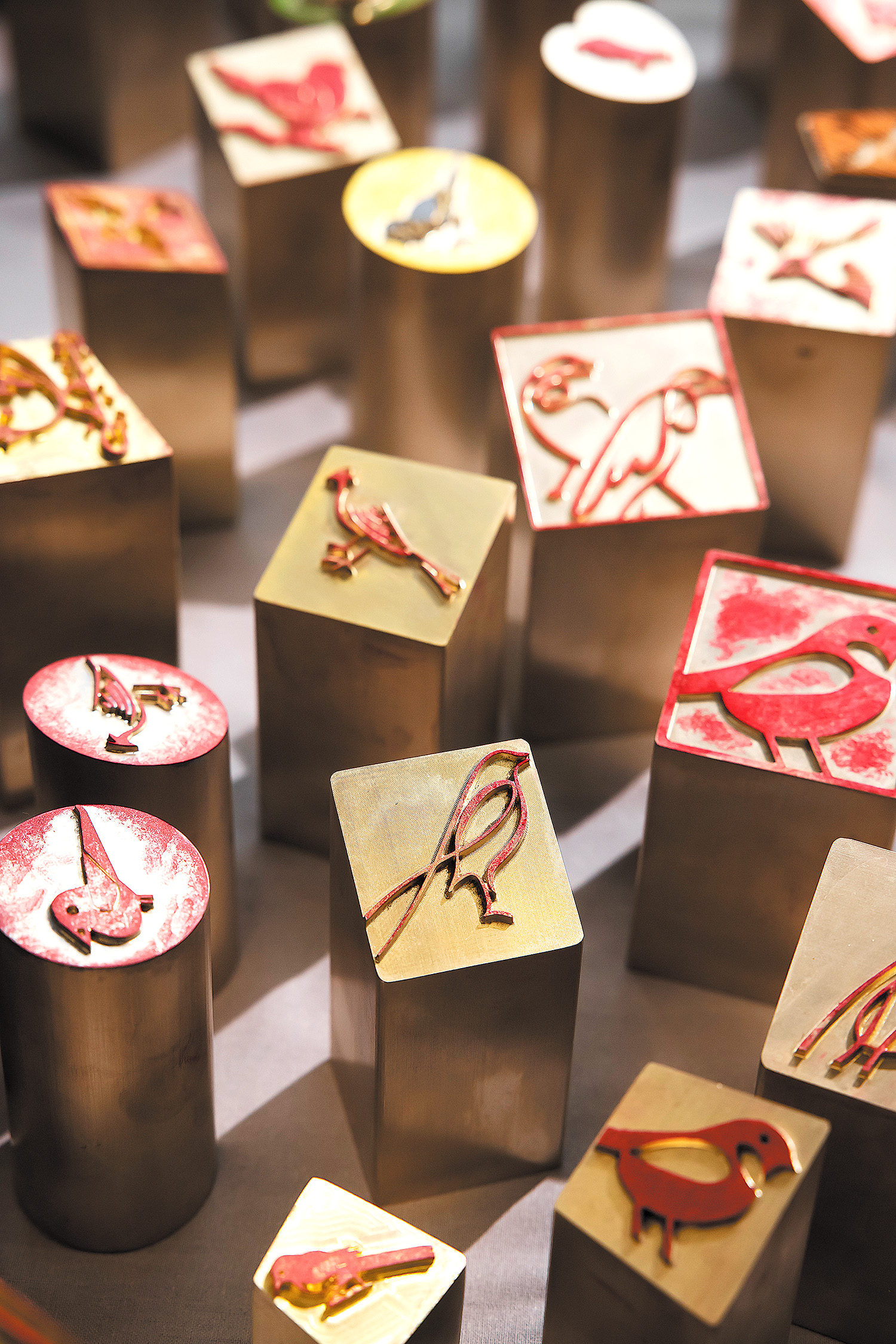
Inspired by collection
The entire exhibition draws on the book project, A Comprehensive Collection of Ancient Chinese Paintings. The project consists of 226 books, and catalogs 12,405 artworks from the pre-Qin period (before 221 BC) to the Qing Dynasty (1644-1911), housed in 263 museums, galleries and cultural institutions both in and outside China.
"It's the first time the book project is being exhibited at such a big international art event. It is a comprehensive collection of Chinese art, and the exhibition is a good platform for showing Chinese culture to a wider audience," said Wang, who is also deputy dean of the School of Art and Archaeology at Zhejiang University.
Since 2022, touring exhibitions based on the project, which took 17 years to complete, have been held in various countries including the United Kingdom, Spain, Belgium, Germany, Denmark, Sweden, Malaysia and Singapore.
"Chinese painting reflects Chinese people's aesthetics, their relationship with nature and values. It shows their respect for nature and contains their philosophy," said the curator.
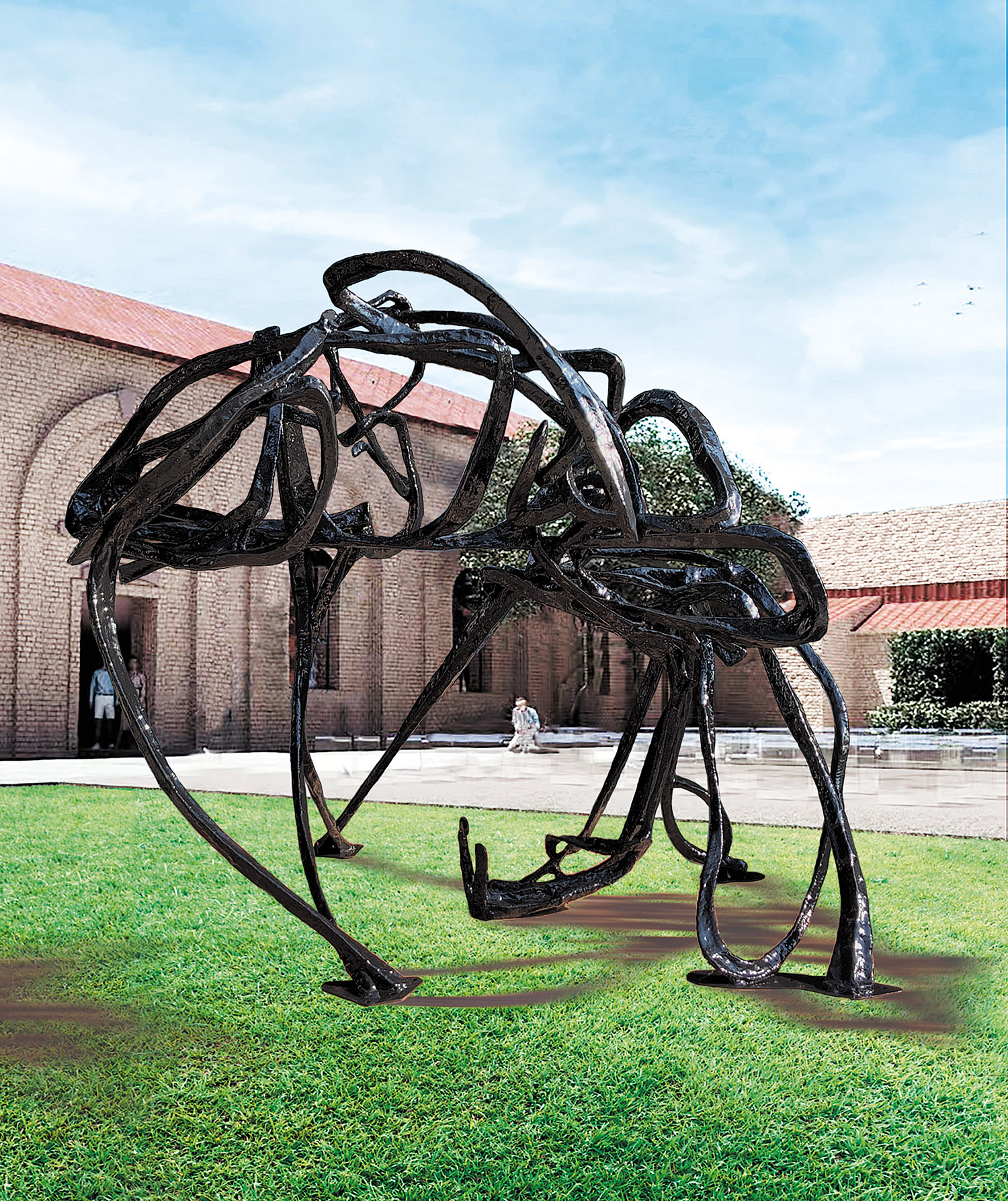
"It's the first time the country has systematically compiled all these artworks scattered around the world", said Jin Xiaoming, a professor at the School of Art and Archaeology at Zhejiang University, and also a member of the team responsible for the book project.
Since it began in 2005, with President Xi Jinping's support and encouragement, the project has brought together thousands of paintings from museums and cultural institutions across the world through digital technology. Experts involved launched three international campaigns to collect images of ancient Chinese paintings. About 3,000 digital images owned by museums overseas have been "returned" to China as a result of the project.
Jin and his team have been in communication with museums outside China for more than a decade. In order to get a single image, they often had to visit a museum several times, and persuade experts to authorize the use of the image.
"Although the long work of compilation has been very hard, it has paid off," Jin said.
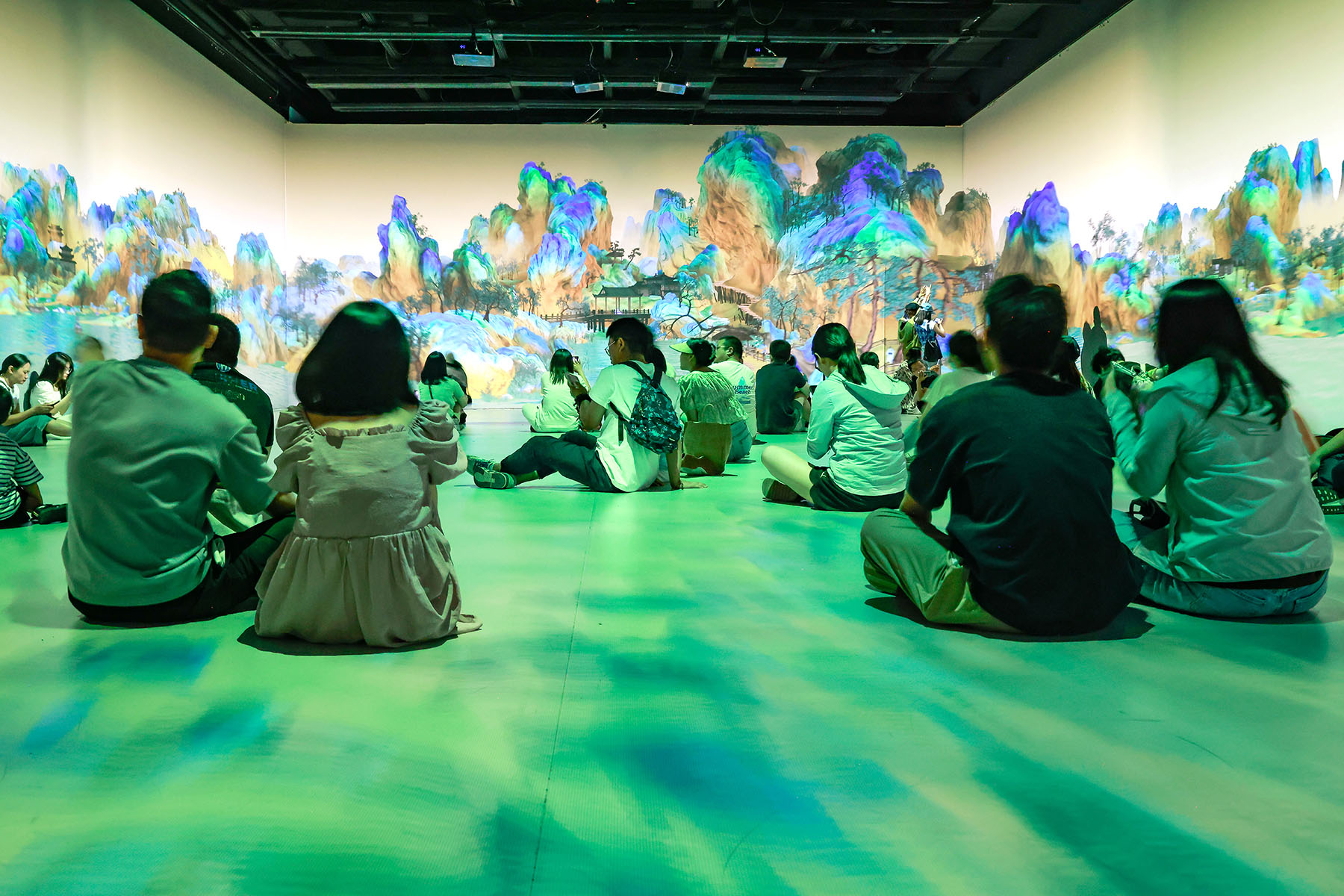
First viewings
High-resolution versions of many classic paintings in the collections of overseas institutions have been shown to the public in their entirety for the first time. For instance, Five Old Men of Suiyang, a group portrait that was divided into several sections that now belong to the collections of different museums abroad, has once again become a complete scroll through digital imaging.
In 2021, the project began touring China to give the public a full overview of ancient paintings. The biggest exhibition was held at the National Museum of China in Beijing in 2022, and featured 1,700 paintings from the project. It was very well attended, attracting about 4 million visitors over the course of a year, making it the most popular show so far held at the museum, according to Wang Xiaosong, who is also in charge of the touring exhibitions.
Apart from Beijing, the project has been exhibited in many other cities, including Ningbo and Jiaxing in Zhejiang province, Shijiazhuang in Hebei province, and Shanghai.
"We combine each city's unique culture with our project. That's why these shows are so popular with the public," Wang said.
In Ningbo, a port city on the ancient Maritime Silk Road, the exhibition displayed art centering on silk, exported goods and prosperous port scenes. In Jiaxing, a city that has a long history of making clothes, the show included a section focusing on the development of Chinese clothing through paintings.
ALSO READ: Restoring the past
Wang said that the number of visitors to the show at Shijiazhuang peaked at 20,000 a day. "You know the city's population is just several million," he added.
"The attraction is that one can see all these precious pieces from different museums and spanning 2,000 years in a single day in high-resolution versions; it's very convenient."
Wang said that the book project also serves as a good academic archive for the use of scholars, experts and researchers.
Wang Shu, a Pritzker Architecture Prize winner, said that he often visited museums abroad to see ancient Chinese paintings to find inspiration for his architecture, but seldom had the opportunity to inspect them at close quarters. Now, the project allows him to see the paintings clearly in a high-fidelity print without the need to travel.
"It's really a meaningful and great job. It's like a painting library. And art needs this kind of compilation," said Wang Shu.


